What Tools Do I Use For Writing?
It’s easy to get lost among all the different tools available for writers - here’s a review of the ones I use most often.

It’s not difficult to spend a whole 24 hours - or longer - falling down a rabbit hole in search for the best writing tools. To this day I still have bouts where I can’t stop Googling the best ones available. Perhaps there’s something new that I haven’t tried yet.
Consider this your quick guide to the tools that I find to be the most helpful when it comes to writing.
Scrivener
MacOS - $59.99
Windows - $59.99
iPad - $23.99
Combo (Mac/Win) - $95.98
I’ve used this app on every computer I’ve ever owned and recommended it a thousand times to new writers. Although there are a multitude of tools available for use on Scrivener, I use it mostly for the ease of organization. I can put each ‘project’ in a different folder and each folder can have additional subfolders or just individual texts. I never have to worry about finding a specific piece I’m working on. The blank template is quite honestly the perfect tool because it allows you to customize your space exactly how you want it, but there are pre-made templates for you to use if you need a place to start.
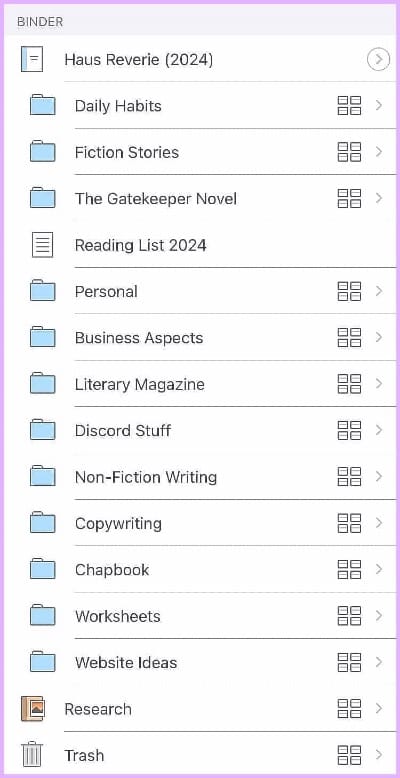
I know the price is probably sticking out like a sore thumb. I mean, who really wants to pay that much for an app? Google Docs is free and can be used anywhere because of it’s connection to your Google account. Or you could use Microsoft Word (but do you really want to pay a monthly subscription?). There’s a free version, but that pesky bugger leaves you with more apps than needed for writing. Personally, I don’t want to stare at PowerPoint or Teams while I’m trying to immerse myself in a fantasy story.
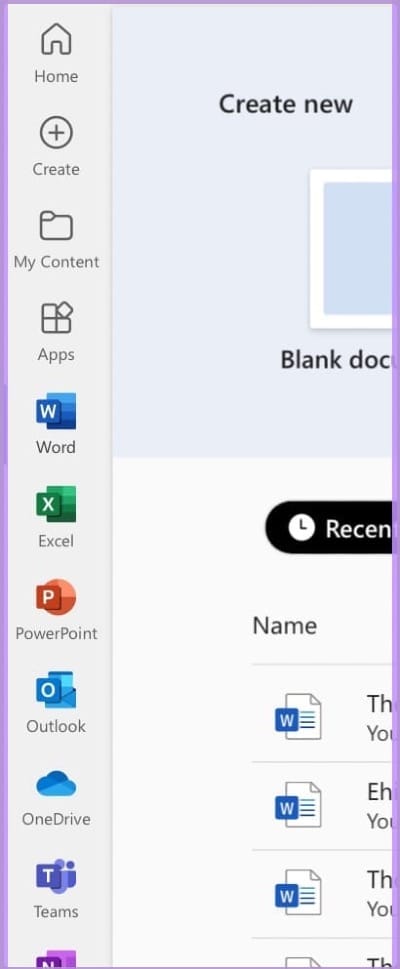
There’s something about Scrivener that makes it feel like you’re in your own, quiet corner where nothing can disturb your peace. Not only that, but another thing I’ve loved using (especially while working on my novel) is the Inspector tab.
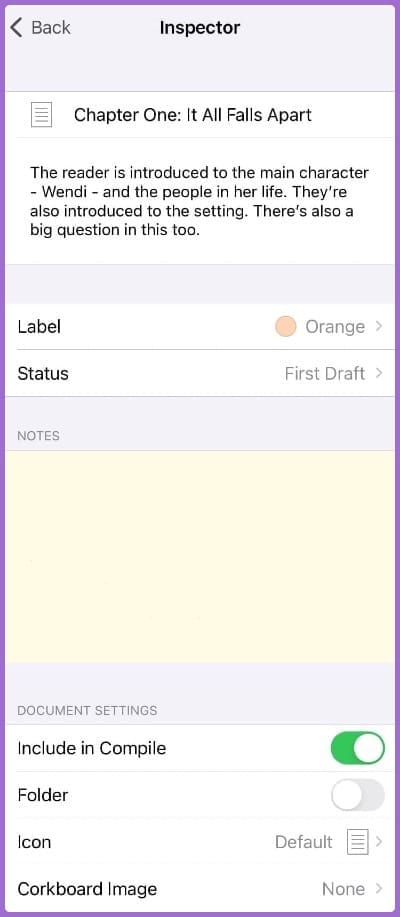
There are a couple of noteable tools here. First, the note card up top. This lets me write a few sentences about the chapter so I can go in with a general idea of what I want to accomplish. The second best thing is the notes section. I use this to look at my outline while writing. The downside of Scrivener on an iPad is that you can’t look at two documents on one screen, like you can on a Windows computer. Simply clicking on the notes area will expand it (on iPad) to sit side-by-side with your Editor.
iPad Pro
12.9 inch - $1200
Magic Keyboard - $299
Okay, I have expensive tastes as a writer - I'm sorry - but this little powerhouse is the best thing I've ever used; that's coming from someone who has used Mac and Windows. I still have a Macbook Pro from my college days, but I haven’t touched it. About 6 years ago I built a super computer that only sees action when I spend the night hours playing GTA 5. Neither of them give me the same comfort I get when writing on my iPad. It’s like walking around with a digital notebook.
Writing is a breeze due to the Magic Keyboard and its fluid keys. The magnet is pretty strong and keeps the iPad attached well. My only critique would be the lack of a purple one. Who knows, maybe one day I’ll be a famous writer and Apple will make me a customized keyboard in a collab.
Pacemaker Planner
Subscription (Premium Pro): $8/mo. or $72/yr
This is an app I just recently heard about and I’m a sucker for trying new things, so of course I bought the subscription and immediately regretted my decision. Seventy dollars is a lot of money that could have been spent elsewhere. At first I was having a difficult time getting started and I thought about canceling the subscription in hopes that it was early enough I could get my money back.
I’m glad I didn’t listen to myself.
Once I learned how to update my progress and was no longer looking at a completely blank app, I realized Pacemaker might actually be worth it. Having a visual to keep track of my writing progress helps me feel motivated. It also gives me some sort of structure to follow while simultaneously helping me create better writing habits.
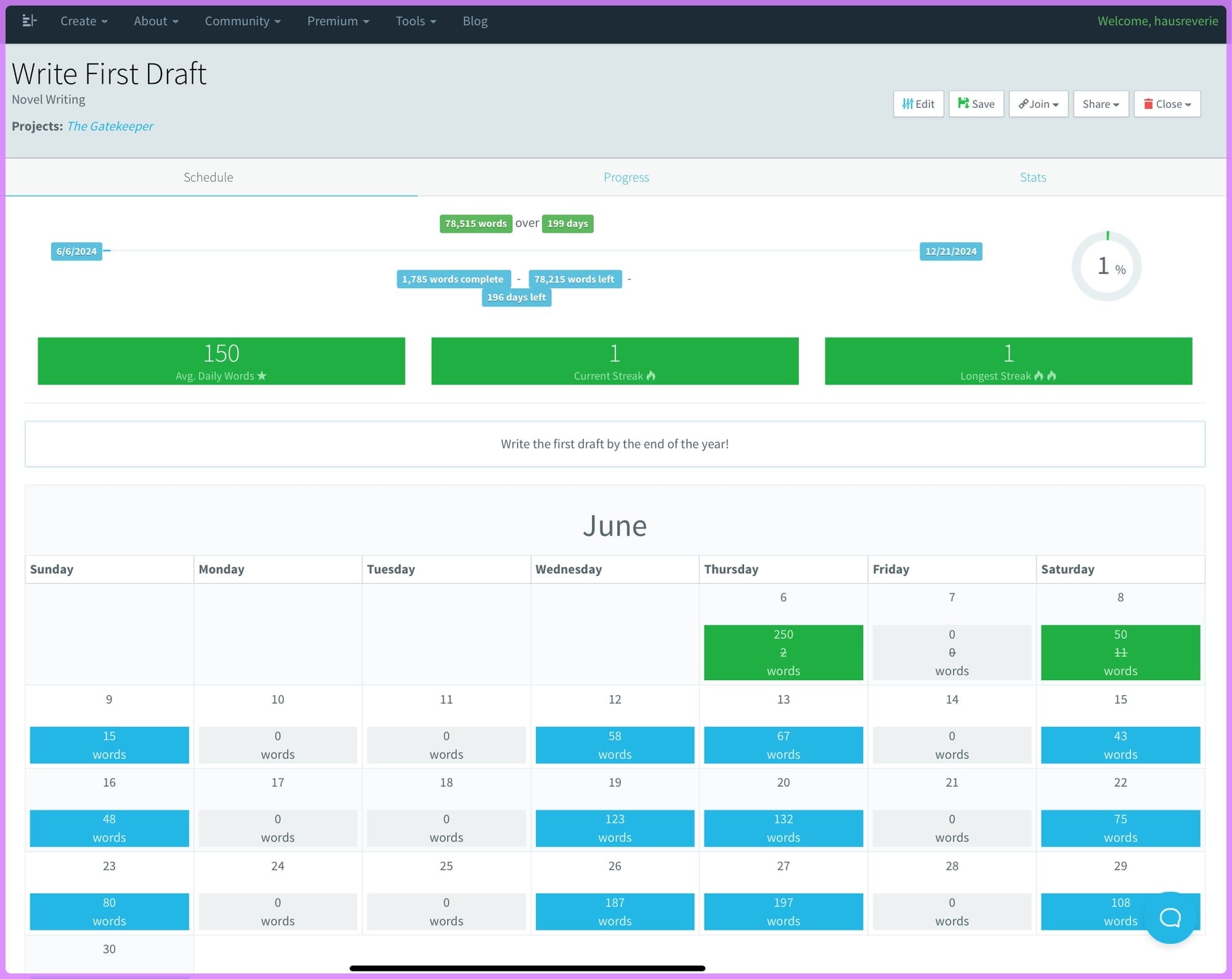
I’m able to customize the project to my needs. The computer estimates how many words each day I’ll have to write to meet my goal. I can even choose specific days I’m going to write (the days highlighted blue). I’ve been doing this routine for a few days now and seeing the progress is motivating me to continue.
Another benefit of this planner is the ability to schedule projects ahead of time. For the time being, I’m keeping myself at two active projects and one project for a future date to not overwhelm myself with a fully loaded calendar.
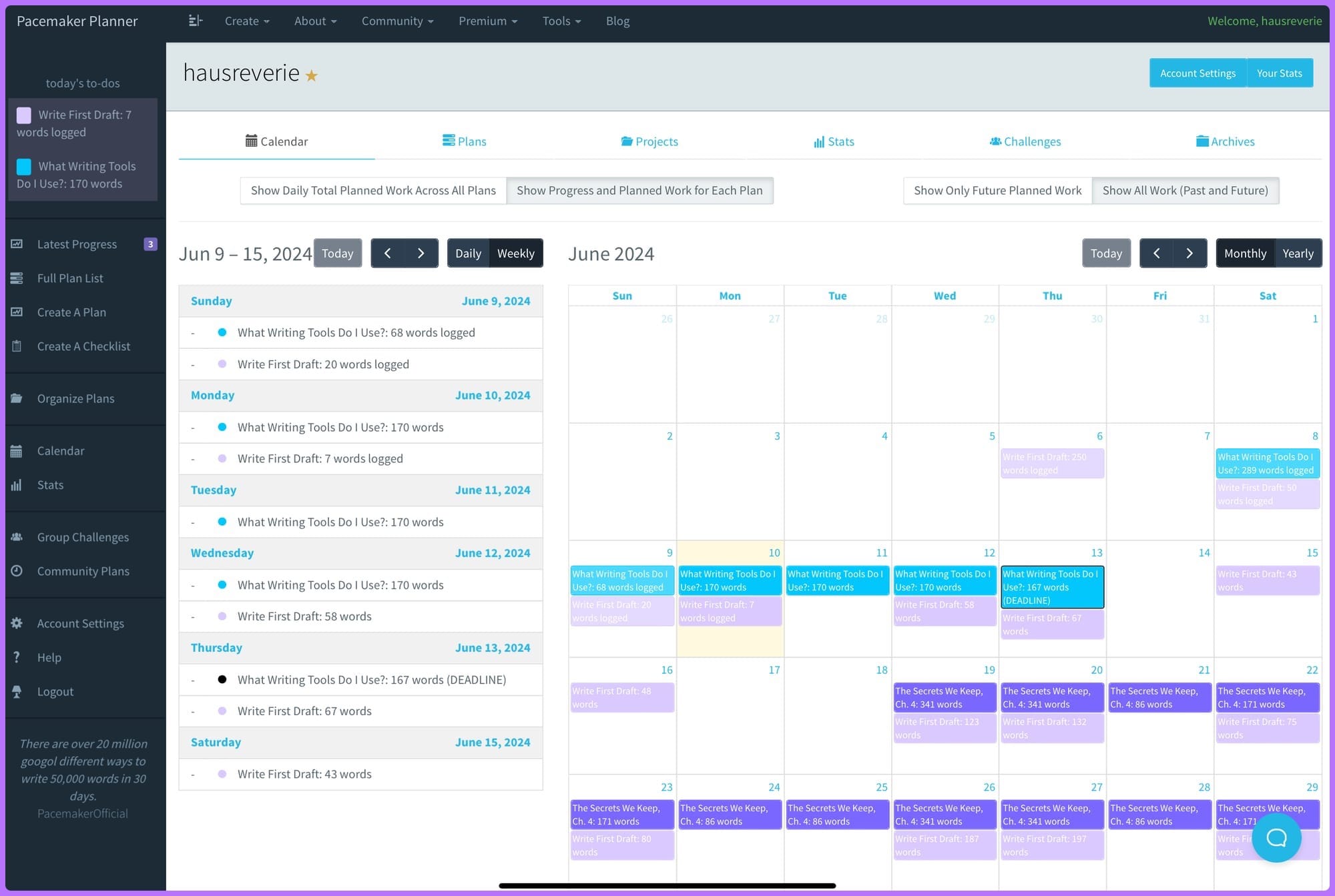
How I didn’t hear about Pacemaker sooner - I’ll never understand.
But now that it’s in my life, I can’t imagine not having it. Pacemaker is more like a goal setter and it’s the only one to keep my attention and make sense to me.
Forest Phone App
One-time Payment
iPad (Pro Version) - $3.99
Android - Free version / $1.99 (Pro)
I’ve tried searching for other pomodoro apps and haven’t found one as good as Forest. It’s a cute, minimal app that motivates me to focus on my tasks more by acting like a game. It works like any basic pomodoro timer, but instead you’re planting trees each time you complete a pomodoro. There’s more than a few dozen options for plants, but they all cost coins. In order to get more coins, you have to plant more trees. Longer pomodoros (all the way up to 120 minutes) will give you more coins than completing a 5 minute pomodoro.

Although I don’t use this app as much as I did at first, it’s still something that I think is a very helpful tool for any writer.
Handwriting Go-To’s
Of course, staring at a computer screen isn’t good for your eyes or your mental health. We’re human. Sometimes we need to step away and find a sliver of peace away from everything. So, when I find myself wanting to take a break, it’s time to grab ol’reliable: pen and paper.
But if you’re like me - it’s got to be a certain type of paper and a certain pen. No exceptions. So when I find myself trying to escape everything digital, these are my top choices.
- Energel Liquid Gel Ink 0.5 by Pentel - $7.99/3pk
This pen is the only one I’ll use anymore. I don’t know what spell they put on these pens, but my handwriting always turns out perfect. Maybe it’s the grip. Like Goldie Locks and the three bears - it’s just the right size. - Recycled Paper Notebooks
Anytime I choose paper, it has to be a certain type of paper. It can’t be too smooth or too thin. It’s difficult to describe outside of the sense of touch, but I compare it to those readers who sniff their books before buying (I never developed such habit and I’m still confused). With that being said though, most times that ‘perfect’ paper is some type of recycled notebook paper.
Disclaimer: This post contains affiliate links. If you make a purchase through these links, I may earn a small commission at no extra cost to you. Thank you for supporting my blog!





Comments ()